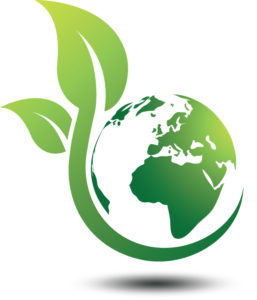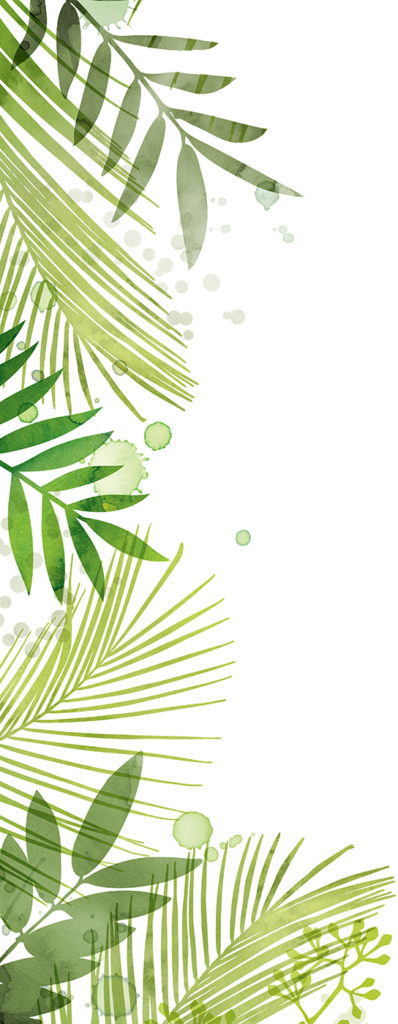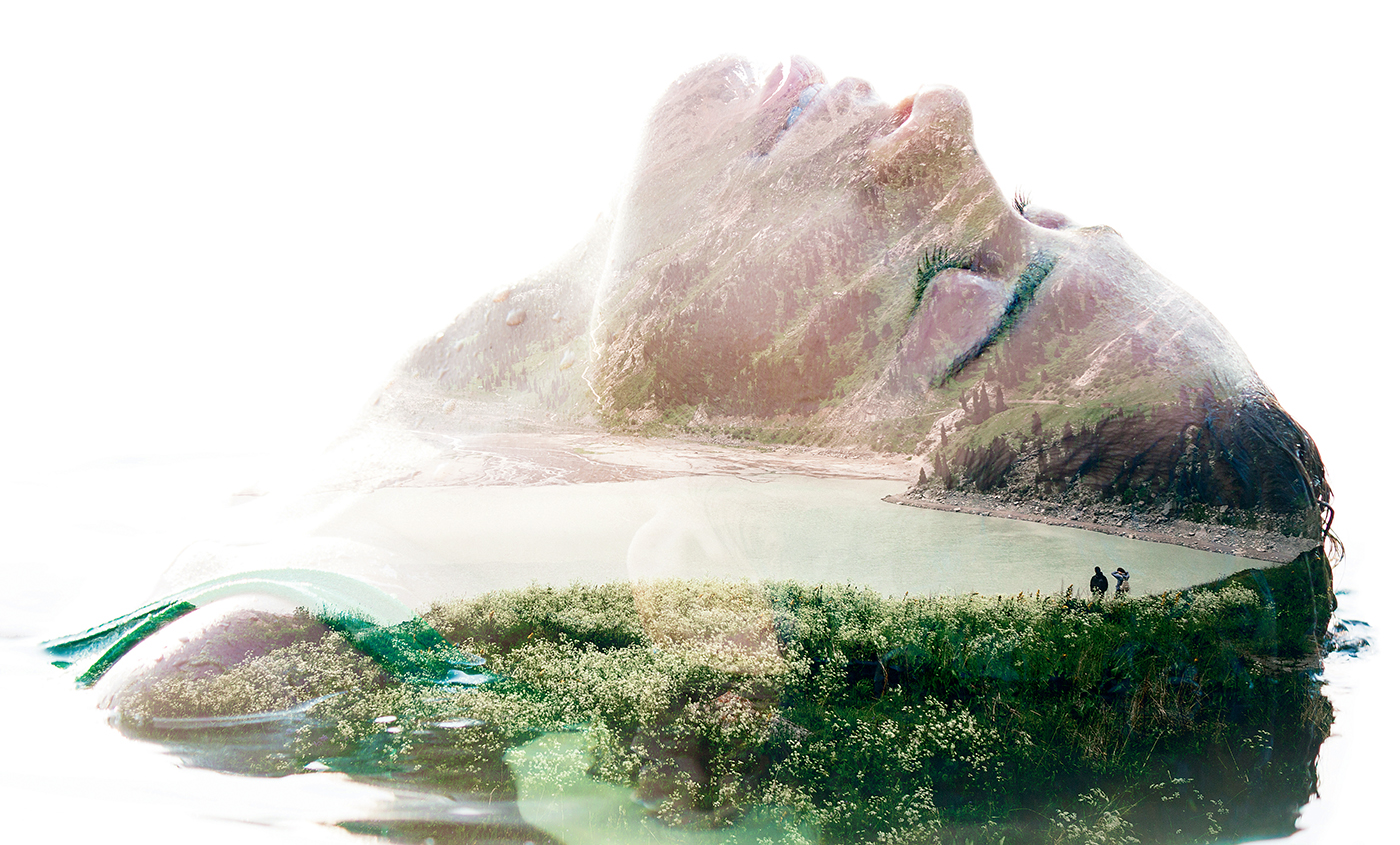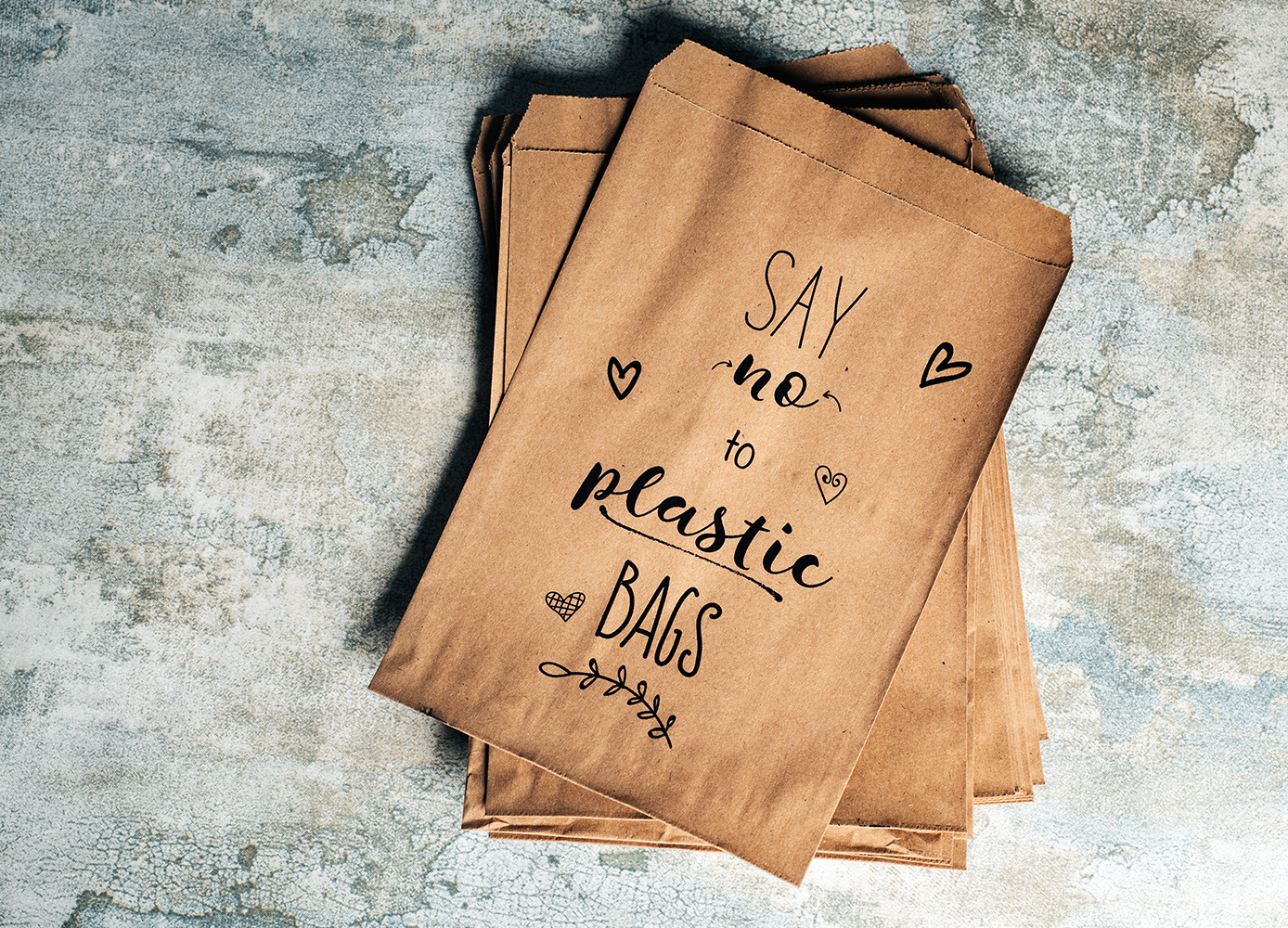Here’s what you need to know about green beauty labelling
By Lola Augustine Brown Photo: iStock/Victor_Tongdee.
Just as we care about and question the foods we eat, we consumers should give some thought to the products we use on our bodies.
Lindsay Coulter, who blogs on all aspects of green living for the David Suzuki Foundation under the moniker “Queen of Green,” has become particularly passionate about advocating for green beauty products because, she says, “Once you realize what you’ve been slathering on your body, and what’s in those products, it’s natural to want to reduce your exposure to hormone disruptors and cancer-causing chemicals.”

Photo: iStock/9comeback (earth).
Mona Pal, owner of Altruistic, an organic skin care store in Calgary, says that people from all walks of life are choosing to buy pure and organic skin care products for a number of reasons. “They want to take the toxins out of their everyday lives and cleanse and heal their bodies,” she says. It was cancer in her family that prompted Pal to leave a career in the oil industry to set up a business that would help people avoid toxins in the products they use on their bodies.
Many are looking for products that are less toxic not only to themselves but also to the environment. The microbeads used in facial scrubs and shower gels can end up in the fish we eat; products containing them will be banned as of July 1, 2018. The antibacterial agent triclosan, found in hand sanitizers and soaps, gets into waterways and disrupts ecosystems; a ban isn’t far in the future.
Even with the best intentions in the world, it can be difficult to know whether the products you’re buying really do what they claim to do—and don’t do what you don’t want them to.
“It would be nice if someone did the checking for us, but in any event, it’s hard to simply trust the store, even if it has an organic section,” Coulter says. “It’s good to flip things over and check the ingredients list—although it sucks that you have to shop defensively.”
The David Suzuki Foundation publishes a list of additives to avoid—the Dirty Dozen—on its website (davidsuzuki.org), and there are apps you can download to your smartphone, such as Think Dirty (thinkdirtyapp.com)—you can scan products in stores and the app will provide a breakdown of toxic ingredients and health implications, offering alternatives.
What’s in a Name?
Deciphering the labels on cosmetics and personal care products can be tricky: you have to beware of greenwashing—making something appear environmentally friendly to cash in on consumers’ desire to do good.
Moreover, there are few government regulations on cosmetics labelling in Canada. Rebecca Gilman, media relations coordinator for Health Canada, says that the terms used in cosmetics labelling are considered marketing terms and are therefore not regulated by the department. “Health Canada doesn’t monitor the use of the terms green, organic, or natural since they’re not directly related to health or safety,” she says.
“We have pretty lax laws here in Canada,” Coulter says. “Cosmetics and food are the only things that require an ingredients list; home cleaners don’t, but cosmetics labels have to tell you what’s inside.”
The only real way to ensure a product is authentically green/non-toxic/vegan/etc. is to read and understand the labels. Here’s a guide to some of the most commonly used terms:
Organic. Because there’s no government regulation on the labelling of cosmetics products, the term organic can be used quite loosely in Canada. “USDA Certified Organic” is a legitimate certification by the United States. Note that if a label states that a product is 95-per cent certified organic, the other 5 per cent isn’t necessarily something toxic: it just means there are ingredients that it isn’t possible to certify; these could include a mineral used in an eyeshadow or a preservative derived from a natural source.
Natural/Botanical. These could mean anything—they’re purely marketing terms. Ultimately everything is from nature, even if it went through four labs to become a beauty product. “Botanical” refers more to plant-based products, but again it could mean that the product is made entirely of mashed-up kumquats or that some kind of plant extract is included.
Environmentally friendly/eco-friendly. Many brands plaster these labels on their products, but they could mean anything. At the very least, you’d hope that the packaging is recycled, but to be truly environmentally or eco-friendly, a product should be made of ingredients that break down naturally and are obtained in ways that don’t harm the environment.
Look for the “Fair Trade” logo on products, which are independently certified as being sustainably farmed in a way that helps the environment in which they’re sourced. “When you buy ‘Fair Trade’ products, you get to vote with your dollars; these products are legitimately better for the environment,” Coulter says.
“Parfum”-/fragrance-free. Coulter’s biggest tip for avoiding nasty toxins in cosmetics is to stop buying products that contain fragrance or “parfum” (as it’s often labelled in Canada).
“Fragrance can be a concoction of 100 different chemicals to get you one scent, and companies aren’t required to break it down, only to say that it is synthetic, as the composition is considered a trade secret. If the scent is from essential oils or natural sources, then you’re usually good because most people don’t react to scents from these,” she says.
You’ll still need to check the labels on so-called unscented products, though, because companies will often use a masking agent so it doesn’t smell like chemicals.
Paraben-/preservative-free. While there are no restrictions on the use of parabens in cosmetics in Canada, levels are restricted in Europe due to evidence that the chemicals are hormone disruptors, and many organizations state that there are links with some cancers.
Preservatives are added to beauty products to extend their shelf life and prevent the growth of harmful bacteria, but there are companies using natural methods to achieve these ends. The 100% Pure Skincare line that Pal sells, for example, contains no water (also labelled as “aqua” in ingredient lists), which harbours bacteria, and LUSH removes most of the water from a range of self-preserving products.

Photo: iStock.
Sulfate-free. Sulfates are agents that make toothpaste and shampoo foamy. You’ll see them listed as sodium laureth sulfate, sodium lauryl sulfate, or ammonium laureth sulfate, or abbreviated to their initials. They’re considered harmful to aquatic life because they don’t break down very well, and there are health concerns for humans, as well. Coulter says that foam and suds have nothing to do with cleaning ability, so although you may need to get used to products that behave differently from the ones you’re used to, they’ll get the job done just as well.
Vegan. If you don’t want beeswax in your lip balm or lanolin in your moisturizer, it’s pretty easy to find products (in natural health stores, at least) that will have a logo indicating that they’re certified.
One easy way to minimize your exposure to harmful toxins in beauty products, Coulter says, is to simplify your routine.
“Most women use 12 to 15 different beauty products a day and men use six to nine. But you can also make your own products using ingredients you’ll find in your pantry,” she says. You can find lots of recipes on her blog on the Suzuki Foundation website.
As with organic food, you either buy into the validity of spending the extra effort and cash to go green or you don’t. It comes down to a matter of personal choice. But if you feel strongly about being green, the good news is that it’s never been easier to buy products that reflect your values, as they’ve become increasingly mainstream in the past five years. You’ll find trustworthy products in both grocery and specialist stores these days, and of course you can always find what you want online.






